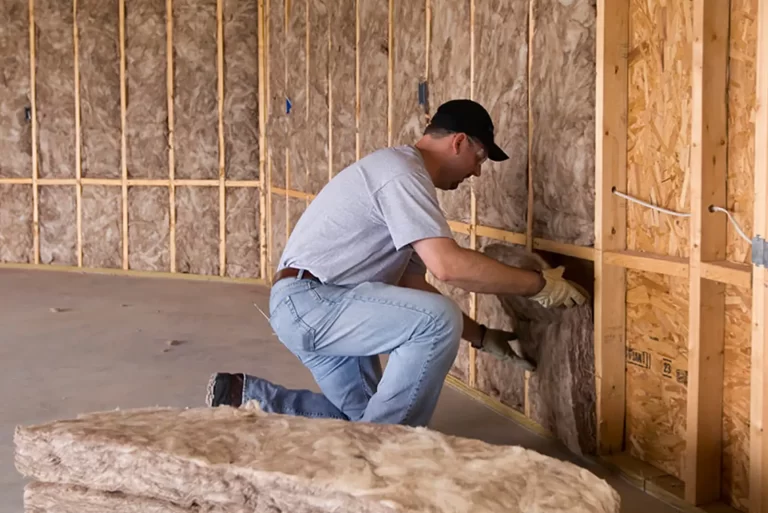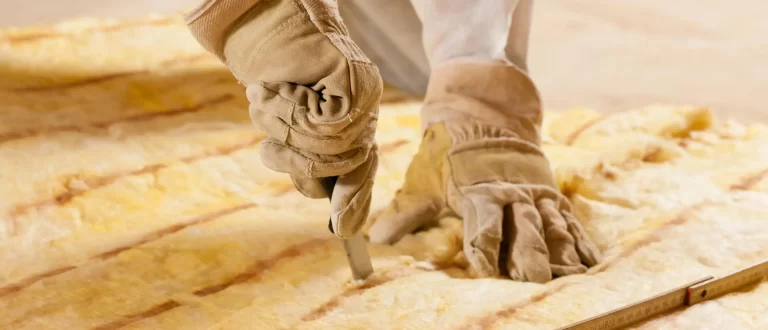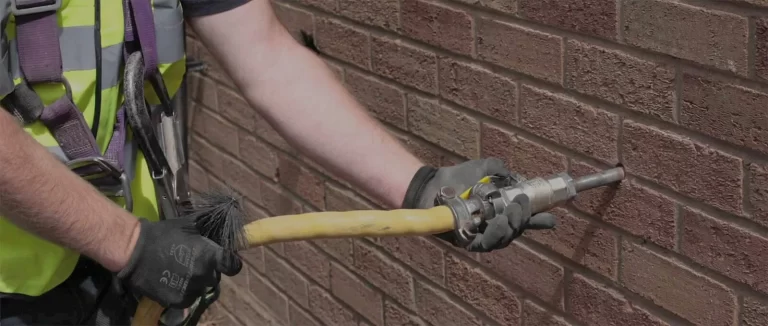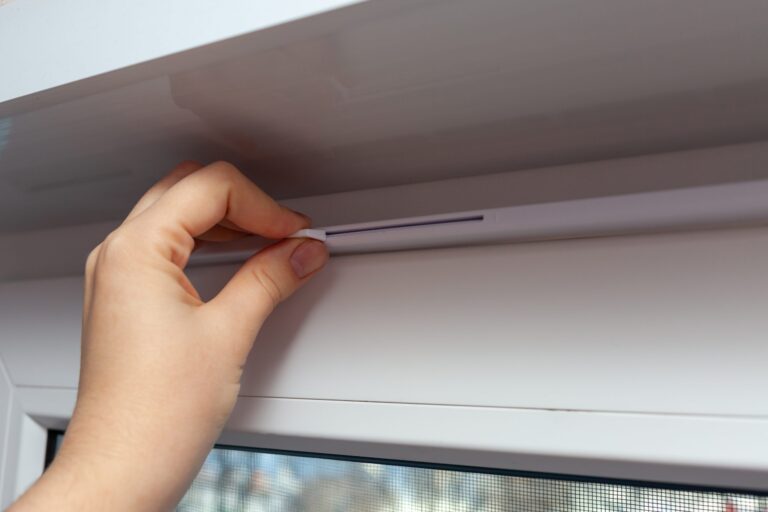What is internal wall insulation?
If your home was built before the 1920s, it’s likely to have solid walls without a cavity, which of course makes it unsuitable for cavity wall insulation. Fortunately, we can apply a layer of insulation to solid walls on the inside of your property. This is a significant home improvement project with its own set of challenges.
How does internal wall insulation work?
Internal wall insulation typically involves creating a new stud wall over the surface of your existing walls, finished with plasterboard to leave a smooth and clean surface for redecoration. Insulation material can then be applied between the two wall layers. This is a challenging job which often requires moving any fixtures attached to the affected walls, such as radiators, switches or kitchen units – however, creating an airtight insulated seal between your walls offers huge benefits in heat retention.
If the prospect of redecorating and potentially remodelling the inside of your home doesn’t appeal to you, you might want to consider external wall insulation instead.
How can my home benefit from internal wall insulation?
Defeat dampness and boost air quality.
Eliminate damp, mould and condensation from your home. With proper ventilation, you'll benefit from fresh air free of harmful pollutants and lingering odours.
Better for your wallet and the planet.
A better insulated home makes for more efficient heating usage, which means up to 30% off your energy bills and a reduction in your carbon footprint.
Enjoy a more cosy and more valuable home.
You'll feel the warmth and comfort of a well-insulated home right away, and it can boost the value of your property by as much as 3% as well.







